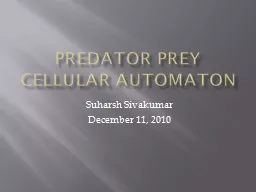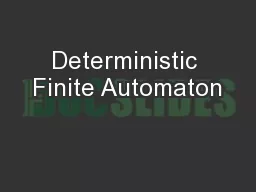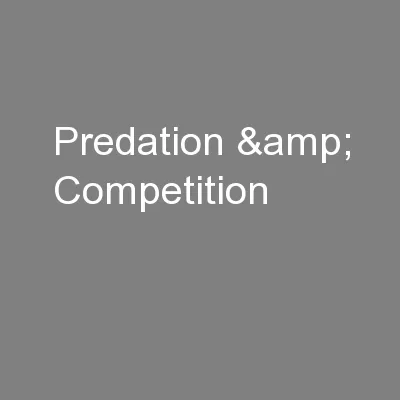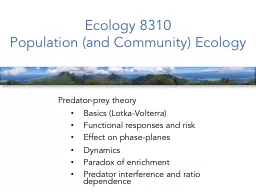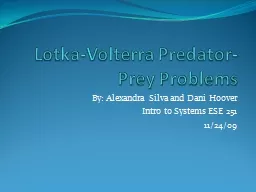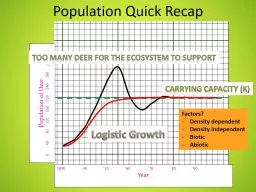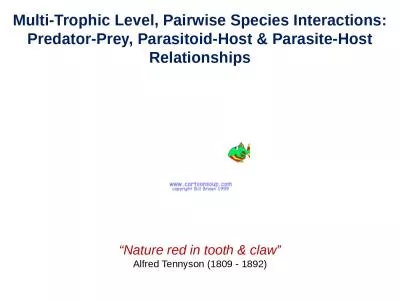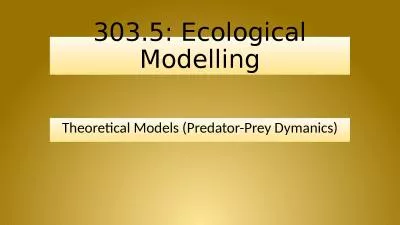PPT-Predator prey cellular automaton
Author : sherrill-nordquist | Published Date : 2016-04-20
Suharsh Sivakumar December 11 2010 Cellular Automaton A grid of cells where all the cells are governed by a common set of rules based on the number of adjacent neighbors
Presentation Embed Code
Download Presentation
Download Presentation The PPT/PDF document "Predator prey cellular automaton" is the property of its rightful owner. Permission is granted to download and print the materials on this website for personal, non-commercial use only, and to display it on your personal computer provided you do not modify the materials and that you retain all copyright notices contained in the materials. By downloading content from our website, you accept the terms of this agreement.
Predator prey cellular automaton: Transcript
Download Rules Of Document
"Predator prey cellular automaton"The content belongs to its owner. You may download and print it for personal use, without modification, and keep all copyright notices. By downloading, you agree to these terms.
Related Documents

